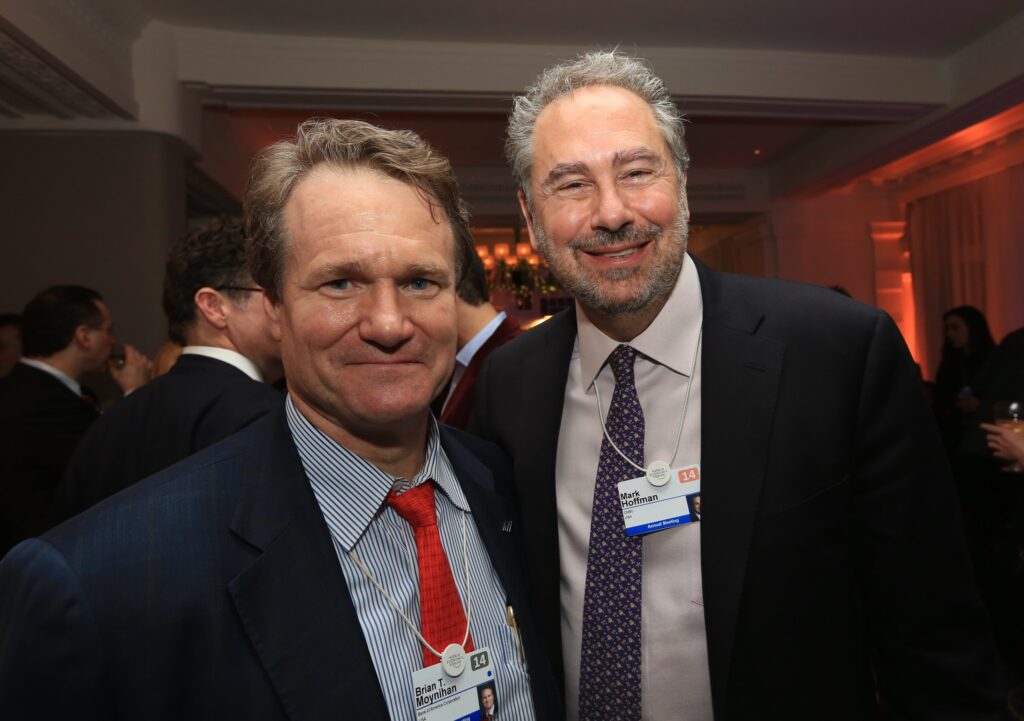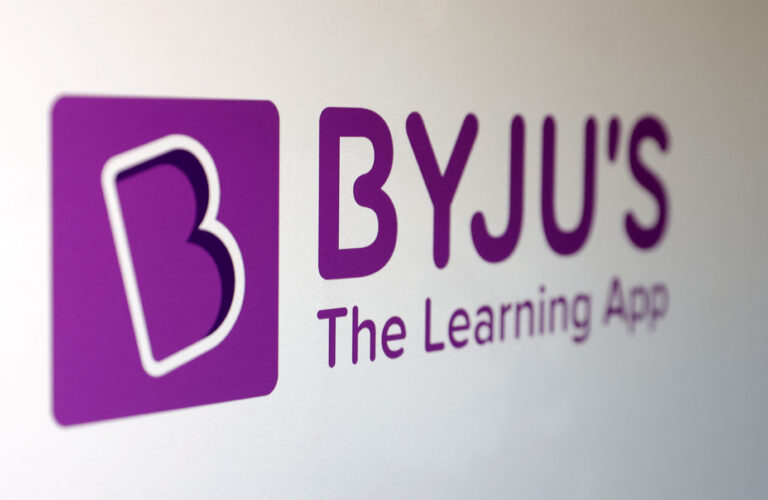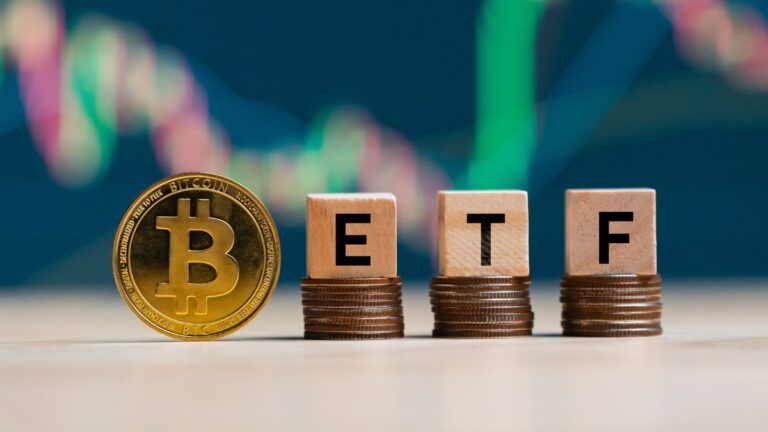Bank of America CEO Brian Moynihan recently observed that American consumers and businesses have begun to spend differently. He felt that people have started to be much more selective in spending for hard goods or software within their households or small-to-medium enterprises. The net result is that consumer spending is growing at 3.5% this year to almost $4 trillion. Humanely, though, this rate of increase is much less compared to the nearly 10% witnessed in May 2023.
“And they are both showing a lot to do with how the American economy operates, saying ‘you know what, I’m being careful, I’m slowing things down,'” Moynihan said to a financial conference in New York.
Slow expenditure growth began in the second quarter of last year and fits with a “meager growth” environment between 2016 and 2018. Nearly a year after the last Federal Reserve rate hike, consumers and businesses still grapple with higher inflation and elevated borrowing costs. Last March, the Fed raised its benchmark rate once again to forestall inflation—that is, to try to slow the economy without causing a recession.
Many economists believe that the Fed will be able to engineer such a soft landing, and that conviction has boosted the stock market to all-time highs this year. Yet an indefatigable consumer, unable to stop spending more for goods and services, is leaving revenues down from McDonald’s to discount retailers. Americans have been reordering habits, with food shoppers making more stops in their quest for better values.

“All in all, consumer spending is growing tepidly relative to historic rates but is supported by travel and entertainment, while almost everything else has moderated, except for insurance payments,” Moynihan said. He added that growth in rent payments has also slowed.
Moynihan said it is of extraordinary importance that the American economy pays much attention to keeping the consumers involved because they are huge players in its market. “We’ve got to keep the shopper in the game in the U.S. economy because [they’re] such a big part of it,” he said, adding, “They’re getting a little more tenuous, and that is due to everything going on around them.”
Small and medium-sized businesses are echoing this caution. Moynihan, whose worry is the second-largest bank by assets in the U.S. after JPMorgan Chase, said that at the moment, owners were backing down on equipment purchases and hiring. “I still feel good about my overall business, but I’m not hiring as much. I’m not buying equipment as fast. I’m not making software purchases as fast,” he quoted business owners as saying.
Economists from the Bank of America forecast that inflation will be tamed right through to the end of next year, thus implying that the Fed will begin cutting interest rates this year so it does not have to catch up when it is already behind the curve. Moynihan added that he expected U.S. growth of about 2%, with no recession. All the while, as consumers and companies alike adjust to their new footing on the economic landscape, there is Bank of America right there with them, watching these changes and pinpointing the insights and advice that will help lead them through these very same market conditions.




+ There are no comments
Add yours